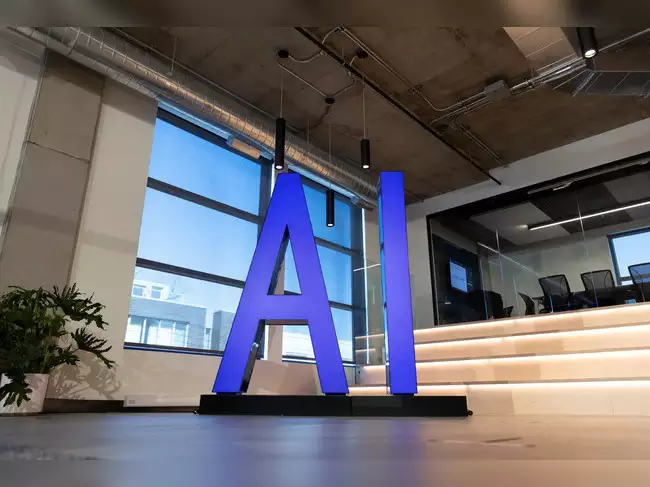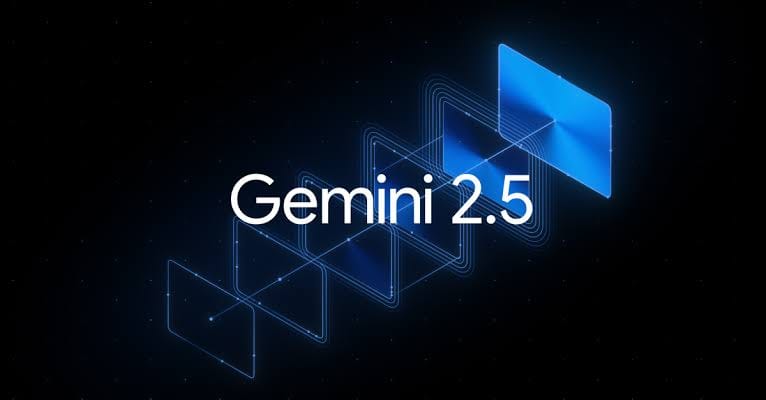Google’s AI Mode: A Comprehensive Guide for SEOs and Marketers

Google’s AI Mode, introduced as part of Google Search Labs, is revolutionizing how search results are displayed. This AI-powered feature generates detailed, citation-rich responses to user queries, blending traditional blue links with AI-generated content. For SEOs and marketers, understanding AI Mode is critical to maintaining visibility and adapting strategies in this new landscape.
This guide explores how AI Mode works. It examines its impact on search results. It also provides actionable insights to optimize content for AI-driven rankings.
How Google’s AI Mode Works
AI-Powered Search Responses
Google’s AI Mode generates comprehensive answers to queries by synthesizing information from multiple sources. Key characteristics include:
- Long-form content: Responses range from 370–576 words, resembling blog posts (e.g., [laptop brands] produced 576 words).
- Citations: Outputs include in-text citations and right-sidebar references (e.g., [cheap flights] had 13–39 citations).
- Dynamic intent handling: Tailors responses to transactional, navigational, commercial, and informational queries.
Local Intent Dominance
Even for non-local queries like [online courses] or [YouTube login], AI Mode injects location-specific context (e.g., “relevant for someone in Mound, MN”). This suggests Google prioritizes hyperlocal relevance, even for global brands like Disney or NASA.
Traditional SEO Disrupted
- Page 2 visibility: URLs previously buried beneath featured snippets now appear as citations (e.g., [Twitter] queries surface hidden pages).
- Blue links within AI outputs: Some results, like [lightweight hiking boots reviews], include up to 21 embedded blue links. This creates new ranking opportunities.
Key Findings for SEO and Marketing
1. Citations Are the New Backlinks
AI Mode relies heavily on citations to validate information. Insights:
- In-line citations: Act like “mini backlinks,” directing users to source pages. Optimize content for snippet-worthy text.
- Right-sidebar dominance: Commercial queries (e.g., [SEMrush]) list citations from authoritative domains like Backlinko and Wikipedia.
- Reputation matters: Older, authoritative content (e.g., Neil Patel’s SEO guides) still dominates citations.
Actionable Tip: Audit top-cited pages for your target keywords and replicate their structure, depth, and authority signals.
2. Thumbnails and Visual Optimization
- 85% of citations display thumbnails: Images are cropped to 82×82 pixels from prominent on-page visuals.
- Missing thumbnails hurt CTR: Ensure all key pages have high-quality, centrally framed images.
Actionable Tip: Use tools like Google’s Rich Results Test to verify thumbnail eligibility.
3. Content Length and Depth
- Long-form wins: Commercial/informational queries (e.g., [mortgage rates]) generate detailed outputs (500+ words).
- Blog-style formatting: AI Mode prefers lists, step-by-step guides, and structured data (e.g., [subscribe newsletter] instructions).
Actionable Tip: Expand top-performing content to 1,500+ words with clear sections, FAQs, and cited sources.
4. Local SEO Opportunities
- Hyperlocal targeting: AI Mode surfaces local businesses for broad queries (e.g., furniture stores in Plymouth, MN).
- Brand queries get localized: [Disney] may show nearby events or promotions.
Actionable Tip: Optimize Google Business Profiles and embed location-specific keywords (e.g., “best [service] in [city]”).
5. Mobile vs. Desktop Differences
- Fewer citations on mobile: Desktop outputs include ~50% more citations.
- Simplified layouts: Mobile prioritizes concise answers with fewer references.
Actionable Tip: Prioritize desktop-first content but ensure mobile readability.
Advanced Optimization Strategies
1. Reverse-Engineer AI Outputs
Analyze AI Mode responses for your target keywords:
- Identify citation patterns: Which domains appear most? What content formats (guides, comparisons, FAQs) dominate?
- Emulate top performers: For [laptop brands], AI cited 56 sources—create similarly comprehensive comparisons.
2. Highlight Key Text for Snippets
Google often links to pages with highlighted text. Use:
- Bolded key terms: E.g., “30-year fixed mortgage rate.”
- Structured headers: H2/H3 tags for easy extraction.
3. Leverage Historical Authority
- Repurpose evergreen content: Update and re-promote older high-authority pieces.
- Build topical clusters: AI Mode favors interconnected content (e.g., [French Revolution] cited 12 sources).
4. Monitor Bugs and Quirks
- Random citations: Queries like [laptop brands] sometimes surface irrelevant results (e.g., “Used RVs for sale”).
- Errors: “Something went wrong” messages indicate ongoing AI refinement.
Actionable Tip: Report inconsistencies via Google’s feedback tool to shape future updates.
The Future of SEO in the AI Era
1. Evolving Ranking Factors
- Citation velocity: Frequency of being cited in AI outputs may replace backlink metrics.
- Real-time relevance: Google emphasizes “March 2025” timestamps for [online courses].
2. Brand and Local Synergy
- Brand queries as local hubs: [NASA] could trigger nearby STEM events.
- Local content hubs: Create location-specific pages for multi-city businesses.
3. Preparing for Mainstream Adoption
AI Mode is experimental but signals Google’s direction. Early adopters who:
- Optimize for citations.
- Prioritize EEAT (Experience, Expertise, Authoritativeness, Trustworthiness).
- Blend AI-friendly and traditional SEO tactics.
Conclusion
Google’s AI Mode is rewriting SEO rules, prioritizing citation-rich, locally contextual, and visually optimized content. To compete:
- Audit AI outputs for your keywords.
- Optimize for citations with snippet-ready text.
- Enhance local and visual signals.
- Adapt content length and structure to match AI preferences.
By embracing these changes now, marketers and SEOs can secure visibility in Google’s AI-driven future.





